2 Inch Non Return
A 2 inch non return valve, also known as a check valve or one-way valve, is a critical component in plumbing and fluid systems designed to allow fluid flow in one direction while preventing reverse flow. In this comprehensive description, we will explore the purpose, design features, materials, applications, installation methods, advantages, and considerations for using a 2-inch non-return valve in various industrial, commercial, and residential settings.
Purpose and Function
The primary purpose of a 2 inch non return valve is to ensure fluid flows in one direction only, preventing backflow or reverse flow. Key functions include:
- Backflow Prevention: It automatically closes when fluid tries to flow in the opposite direction, thereby preventing contamination of clean water sources or interference with system operations.
- Pressure Maintenance: Helps maintain pressure within systems by preventing water hammer effects caused by sudden pressure surges or changes in flow direction.
- System Protection: Protects pumps, equipment, and pipelines from potential damage that can occur due to reverse flow or water hammer, extending the lifespan of system components.
Design Features
2 inch non return valves are designed with specific features to optimize their performance and reliability:
- Valve Type: Available in various types such as swing check valves, spring-loaded check valves, or ball check valves, each suited to different flow conditions and applications.
- Size: The designation “2-inch” refers to the nominal pipe size (NPS), indicating compatibility with pipes or fittings of corresponding size.
- Material: Constructed from materials such as PVC (Polyvinyl Chloride), CPVC (Chlorinated Polyvinyl Chloride), brass, stainless steel, or thermoplastics, chosen based on compatibility with fluid properties and environmental conditions.
- Sealing Mechanism: Utilizes a sealing disc, ball, or flap that opens under forward flow pressure and closes when reverse flow or back pressure occurs.
- Mounting Options: Designed for horizontal or vertical installation depending on the valve type and application requirements.
Materials
Common materials used in 2 inch non return valves include:
- PVC (Polyvinyl Chloride): Lightweight, corrosion-resistant, and suitable for water and chemical applications in residential plumbing and irrigation systems.
- CPVC (Chlorinated Polyvinyl Chloride): Offers higher temperature resistance compared to PVC, suitable for hot water systems and industrial applications.
- Brass: Provides durability, strength, and corrosion resistance, commonly used in commercial and industrial plumbing systems.
- Stainless Steel: Known for its superior corrosion resistance and durability, ideal for harsh environments or applications involving corrosive fluids.
Applications
2-inch non-return valves are essential components in various industries and systems where reliable flow control is critical:
- Water Supply Systems: Used in residential, commercial, and municipal water distribution networks to prevent backflow and protect potable water sources from contamination.
- Industrial Processes: Essential in industrial applications such as chemical processing, wastewater treatment, and manufacturing to maintain process integrity and safety.
- HVAC Systems: Installed in heating, ventilation, and air conditioning systems to prevent reverse flow of fluids and ensure efficient operation.
- Pump Systems: Incorporated into pump discharge lines to prevent damage to pumps caused by water hammer effects and reverse flow.
Installation Methods
Installing a 2 inch non return valve involves several considerations to ensure proper function and compatibility with the system:
- Orientation: Determine the correct orientation (horizontal or vertical) based on the valve type and flow direction requirements specified by the manufacturer.
- Location: Install the valve close to the pump discharge or where backflow prevention is critical to minimize potential damage and optimize system performance.
- Connection: Use appropriate fittings and connectors compatible with the valve and existing piping system, ensuring secure and leak-free connections.
- Testing: After installation, conduct a pressure test and flow test to verify proper valve operation and ensure it effectively prevents backflow.
Advantages
Using a 2 inch non return valve offers several advantages in fluid systems and applications:
- Backflow Prevention: Ensures fluid flows in one direction, protecting against contamination and maintaining system integrity.
- Safety: Reduces the risk of water hammer effects and associated damage to pumps and pipelines, enhancing overall system safety and reliability.
- Longevity: Helps extend the lifespan of pumps, valves, and other system components by preventing damage from reverse flow and pressure surges.
- Compliance: Meets regulatory requirements and standards for backflow prevention in water supply systems, ensuring adherence to health and safety guidelines.
Considerations
To maximize the effectiveness and longevity of 2 inch non return valves, consider the following factors:
- Maintenance: Regularly inspect and maintain valves to ensure proper sealing and functionality, especially in environments prone to debris or sediment buildup.
- Temperature and Pressure Ratings: Verify that the valve is rated for the operating temperature and pressure conditions within the system to prevent performance issues or failure.
- Installation Standards: Follow manufacturer guidelines and industry standards for correct installation practices, including proper orientation and sealing techniques.
- Application Specifics: Select the appropriate valve type and material based on the specific fluid properties, flow rates, and environmental factors present in the application.
Conclusion
In conclusion, a 2 inch non return valve plays a critical role in maintaining the integrity and efficiency of fluid systems by preventing backflow and protecting equipment from damage. Its design, materials, applications, installation methods, advantages, and considerations collectively contribute to reliable flow control and system protection in residential, commercial, and industrial settings. By selecting high-quality valves and adhering to proper installation and maintenance practices, system operators can ensure efficient operation, minimize downtime, and prolong the lifespan of critical infrastructure components within fluid systems.





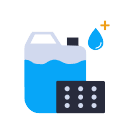
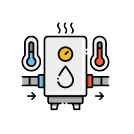





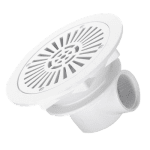







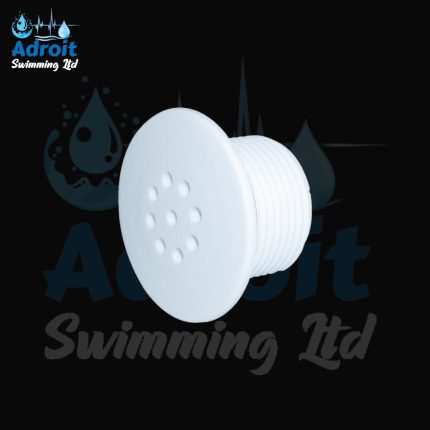
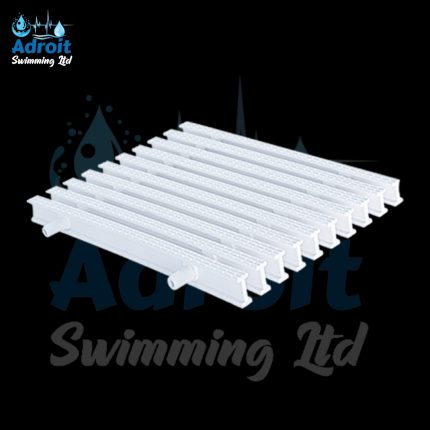
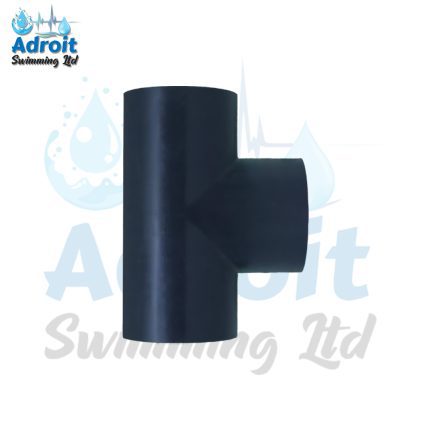
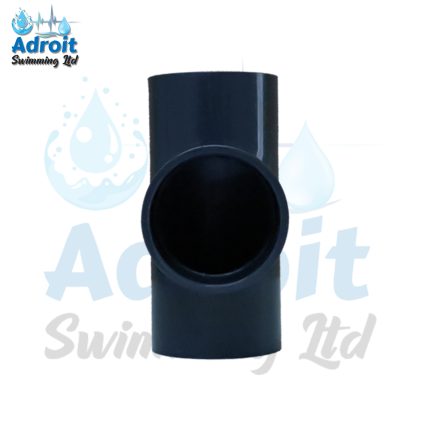

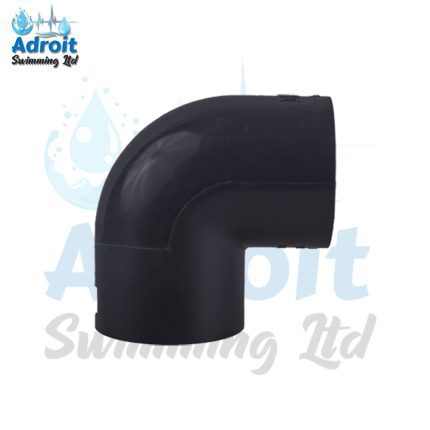

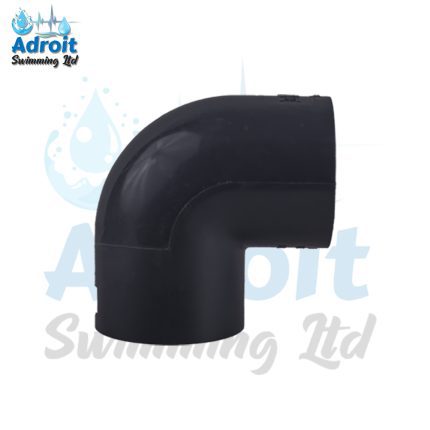



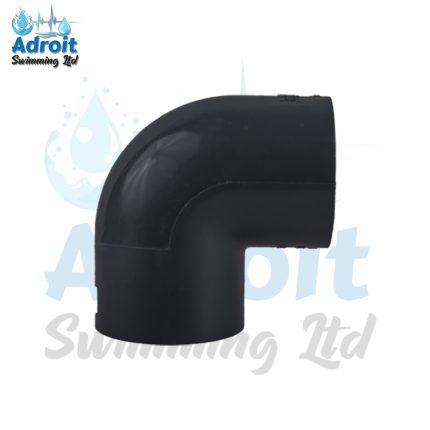
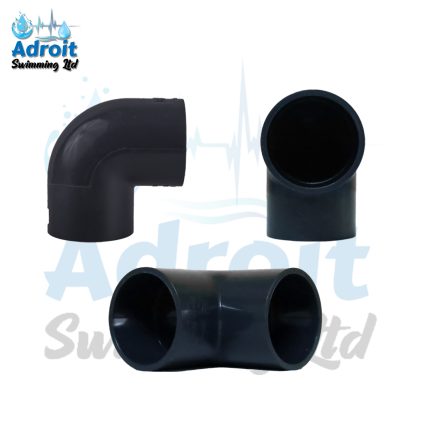
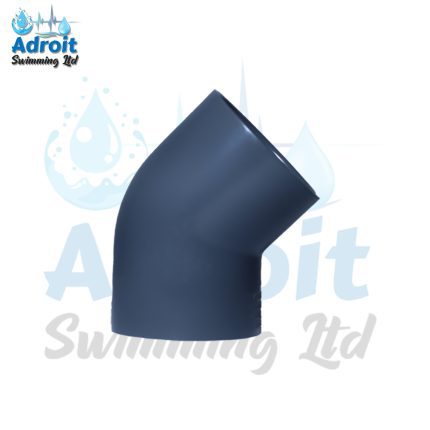

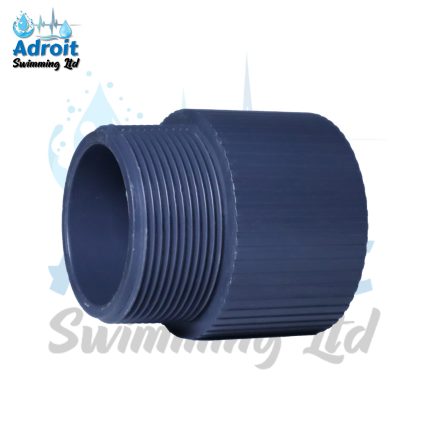
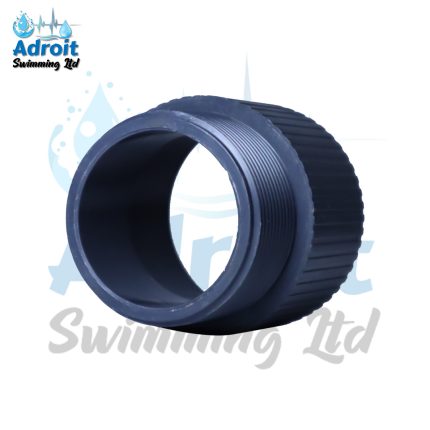
Reviews
There are no reviews yet.